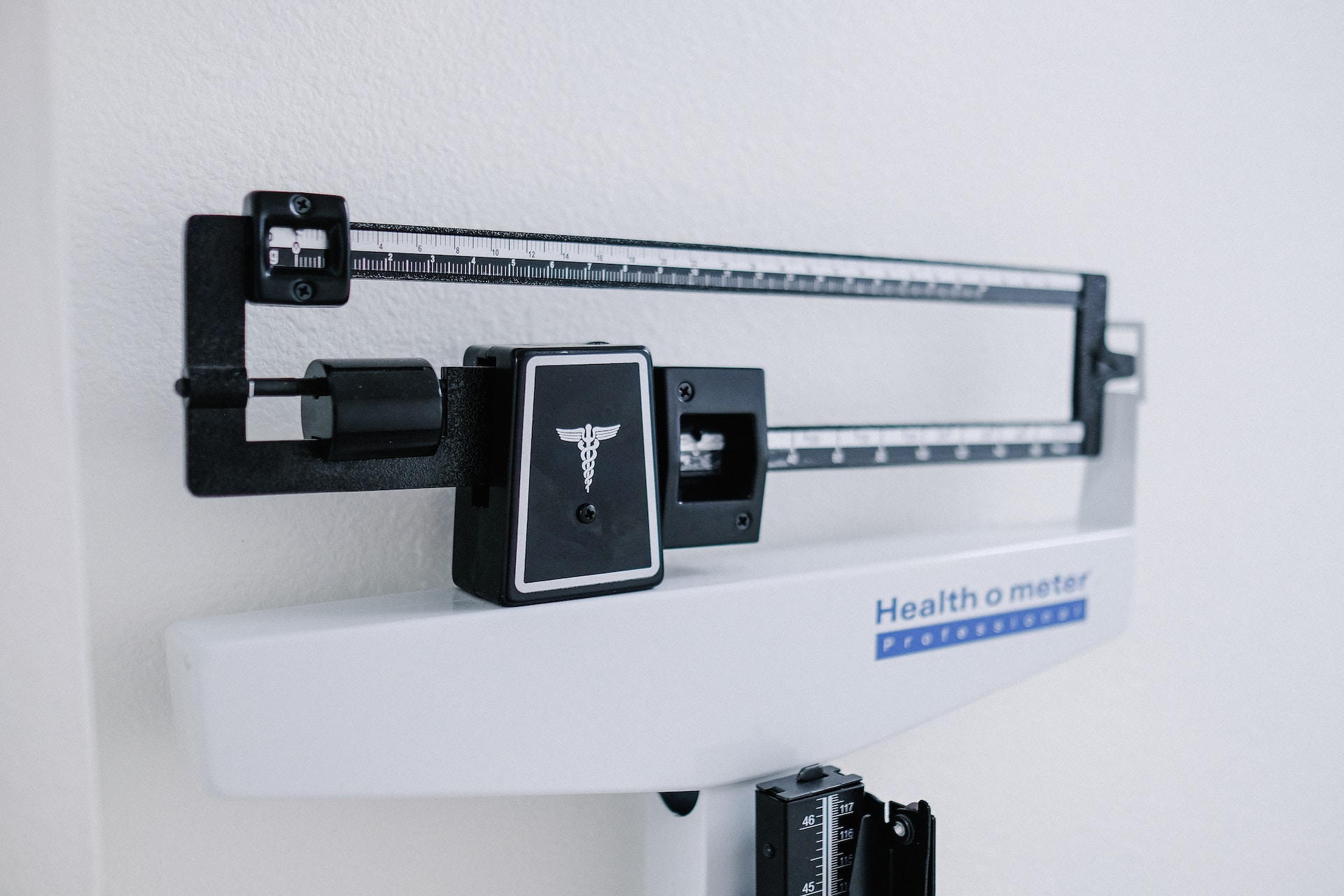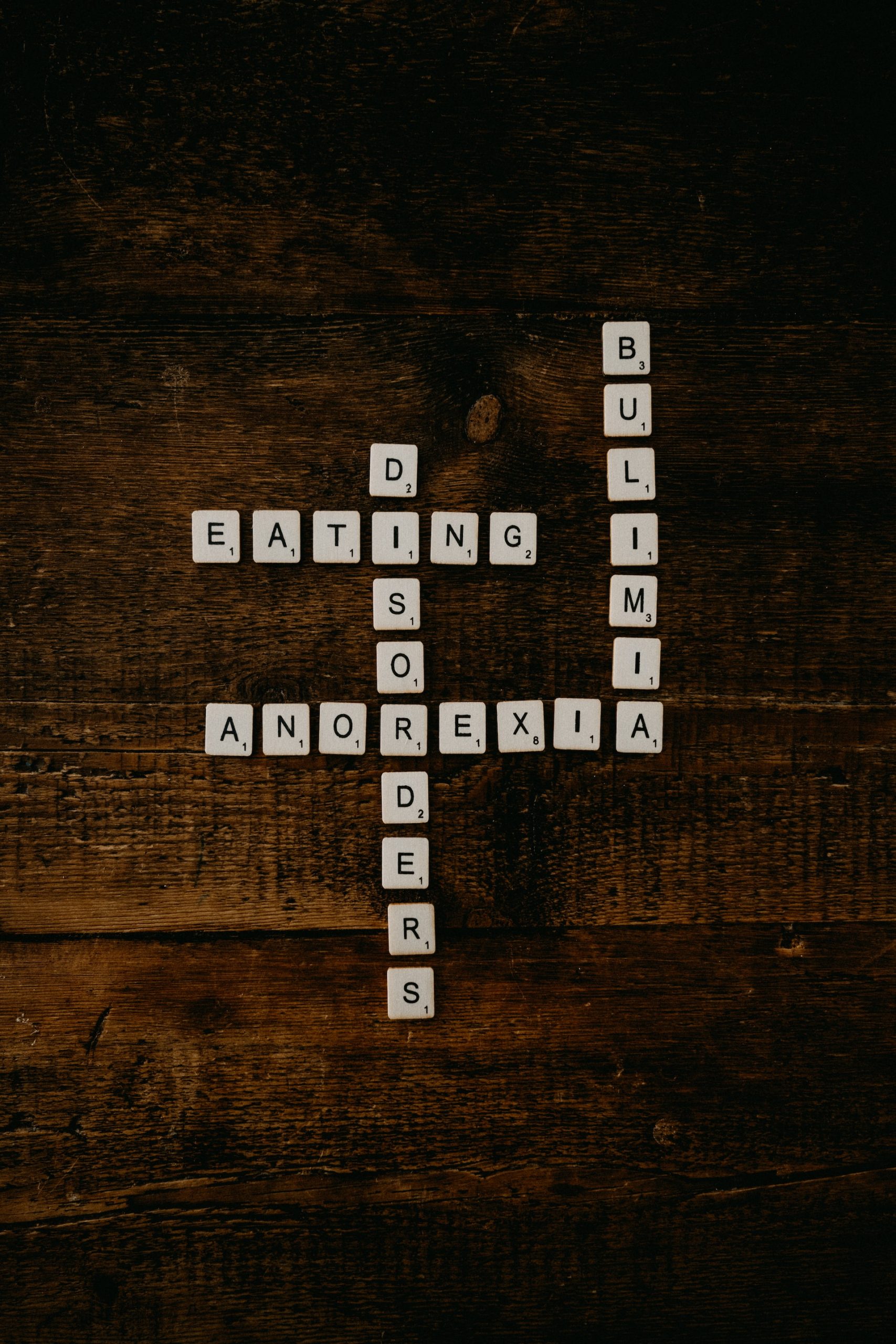For those who have never been affected by disorders, it’s easy to form misconceptions around them. “It’s just an eating disorder.” “Eating disorders are a choice”. “Men don’t get eating disorders”. For people living with eating disorders, however, such misconceptions can not only be demoralising — they can be extremely dangerous, too.
Eating disorders affect an estimated 1.6 million people in the UK and have the highest mortality rates of any mental illness. Worse still, the number of teenage boys with eating disorders has doubled in recent years.
Overall, an estimated 20% of young people at secondary school will exhibit some signs of an eating disorder. However, these signs mostly go unrecognised — contributing to a problem that plagues all corners of society. If trends continue, we could have an epidemic on our hands.
With 1 in 5 students affected, it’s a problem that needs to be properly addressed by educators. That’s why it’s incumbent on teachers to raise awareness of the risks of eating disorders at school. But to do so, we need to educate ourselves on the warning signs and symptoms of such conditions.










